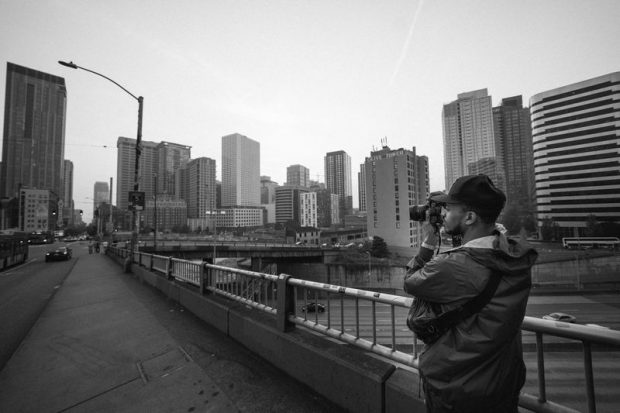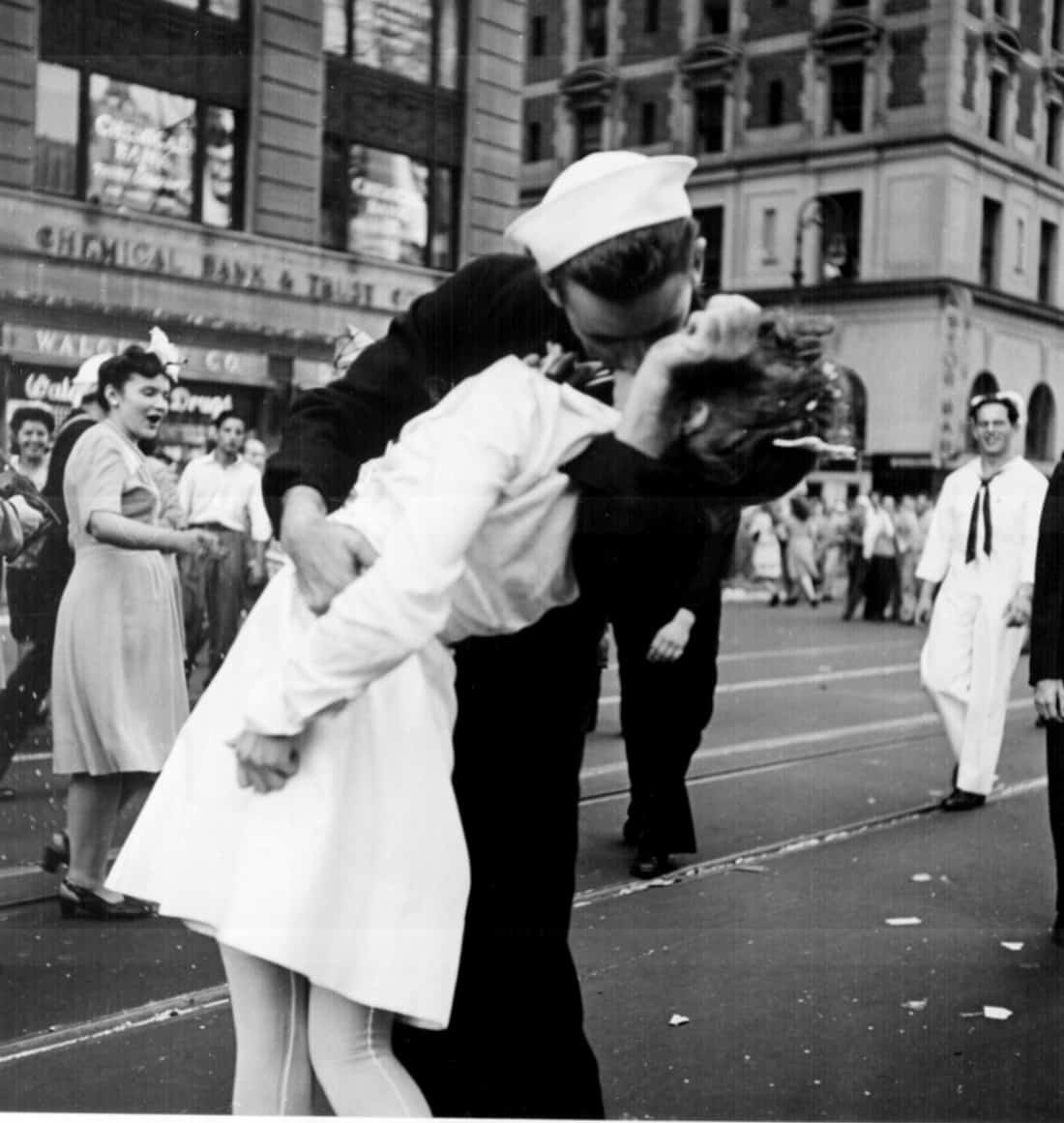Unknown Facts About Framing Streets
Unknown Facts About Framing Streets
Blog Article
The smart Trick of Framing Streets That Nobody is Talking About
Table of ContentsFraming Streets Fundamentals ExplainedThe Ultimate Guide To Framing StreetsThe Best Guide To Framing StreetsEverything about Framing StreetsSome Known Factual Statements About Framing Streets The Definitive Guide to Framing Streets
Digital photography genre "Crufts Canine Program 1968" by Tony Ray-Jones Street photography (additionally in some cases called honest digital photography) is digital photography conducted for art or query that features unmediated chance encounters and random cases within public places, usually with the purpose of catching images at a crucial or touching minute by mindful framing and timing. 
The 10-Second Trick For Framing Streets
Susan Sontag, 1977 Road photography can concentrate on individuals and their actions in public. In this regard, the street professional photographer is comparable to social documentary professional photographers or photographers who likewise operate in public areas, however with the goal of recording newsworthy occasions. Any of these photographers' photos may catch people and residential property visible within or from public places, which frequently entails navigating moral issues and laws of privacy, safety, and property.
Representations of everyday public life develop a category in practically every period of globe art, starting in the pre-historic, Sumerian, Egyptian and early Buddhist art periods. Art taking care of the life of the road, whether within sights of cityscapes, or as the leading concept, appears in the West in the canon of the Northern Renaissance, Baroque, Rococo, of Romanticism, Realism, Impressionism and Post-Impressionism.
Framing Streets for Dummies
Louis Daguerre: "Boulevard du Temple" (1838 or 1839) In 1838 or 1839 the first photograph of numbers in the road was tape-recorded by Louis-Jacques-Mand Daguerre in one of a set of daguerreotype views extracted from his workshop window of the Boulevard du Temple in Paris. The 2nd, made at the elevation of the day, reveals an uninhabited stretch of street, while the various other was taken at concerning 8:00 am, and as Beaumont Newhall reports, "The Boulevard, so continuously filled up with a relocating throng of pedestrians and carriages was perfectly solitary, except an individual that was having his boots combed.
Consequently his boots and legs were well defined, however he is without body or head, due to the fact that these remained in activity." link Charles Ngre, waterseller Charles Ngre. https://www.imdb.com/user/ur175665524/?ref_=nv_usr_prof_2 was the initial professional photographer to obtain the technological sophistication required to sign up individuals in movement on the road in Paris in 1851. Digital Photographer John Thomson, a Scotsman dealing with journalist and social activist Adolphe Smith, published Street Life in London in twelve regular monthly installments starting in February 1877
Not known Facts About Framing Streets
Eugene Atget is considered as a progenitor, not because he was the very first of his kind, yet as a result of the popularisation in the late 1920s of his document of Parisian streets by Berenice Abbott, who was motivated to embark on a comparable paperwork of New York City. [] As the city developed, Atget aided to promote Parisian streets as a worthy subject for digital photography.

6 Easy Facts About Framing Streets Explained
Martin is the first videotaped photographer to do so in London with a masked camera. Mass-Observation was a social research study organisation started in 1937 which aimed to record daily life in Britain and to tape the reactions of the 'man-in-the-street' to King Edward VIII's abdication in 1936 to marry divorce Wallis Simpson, and the succession of George VI. Andre Kertesz.'s extensively admired Images la Sauvette (1952) (the English-language edition was entitled The Crucial Minute) advertised the idea of taking a picture at what he called the "decisive minute"; "when type and content, vision and structure merged right into a transcendent whole" - Lightroom presets.
Facts About Framing Streets Uncovered
The recording device was 'a concealed electronic camera', a 35 mm Contax concealed below his coat, that was 'strapped to the upper body and linked to a long cable strung down the right sleeve'. However, his job had little modern impact as as a result of Evans' sensitivities regarding the creativity of his job and the personal privacy of his subjects, it was not published till 1966, in guide Lots of Are Called, with an intro created by James Agee in 1940.
Helen Levitt, then a teacher of children, connected with Evans in 193839. She documented the temporal chalk drawings - Street photography hashtags that became part of kids's road culture in New york city at the time, along with the youngsters that made them. In July 1939, Mo, MA's brand-new digital photography area consisted of Levitt's operate in its inaugural exhibitRobert Frank's 1958 book,, was significant; raw and commonly indistinct, Frank's pictures questioned traditional digital photography of the time, "challenged all the formal guidelines laid down by Henri Cartier-Bresson and Pedestrian Evans" and "contradicted the wholesome pictorialism and genuine photojournalism of American publications like LIFE and Time".
Report this page